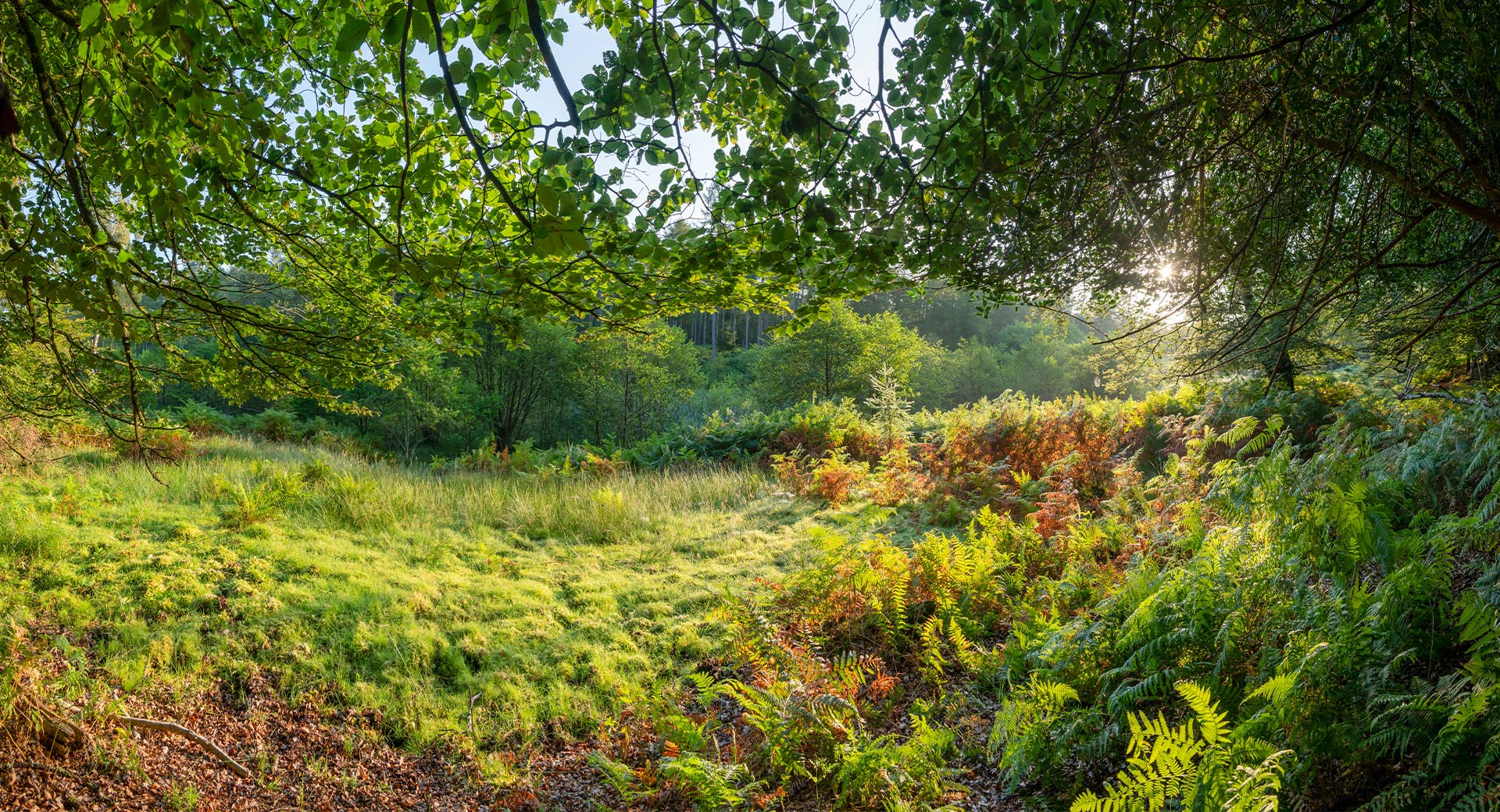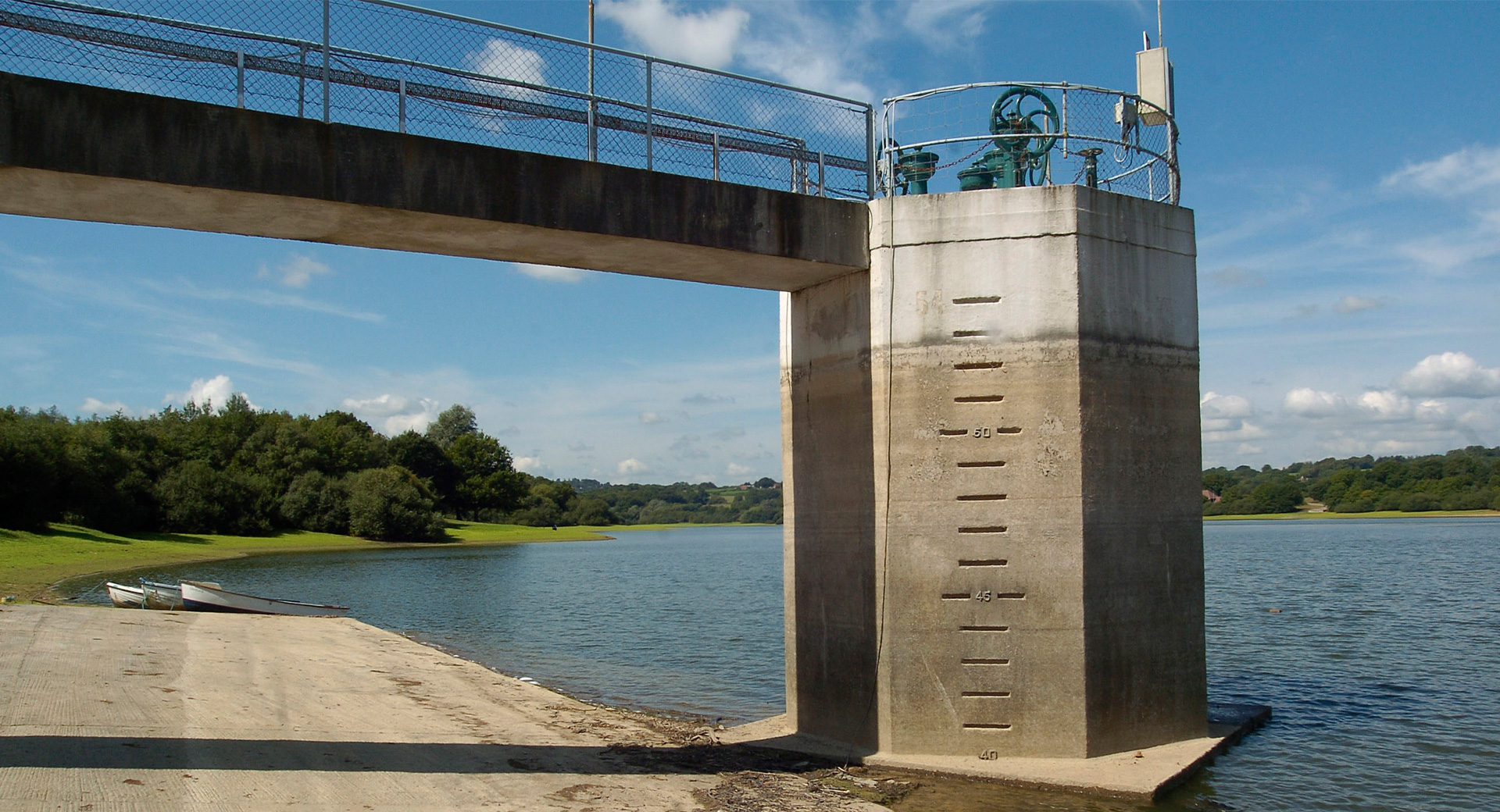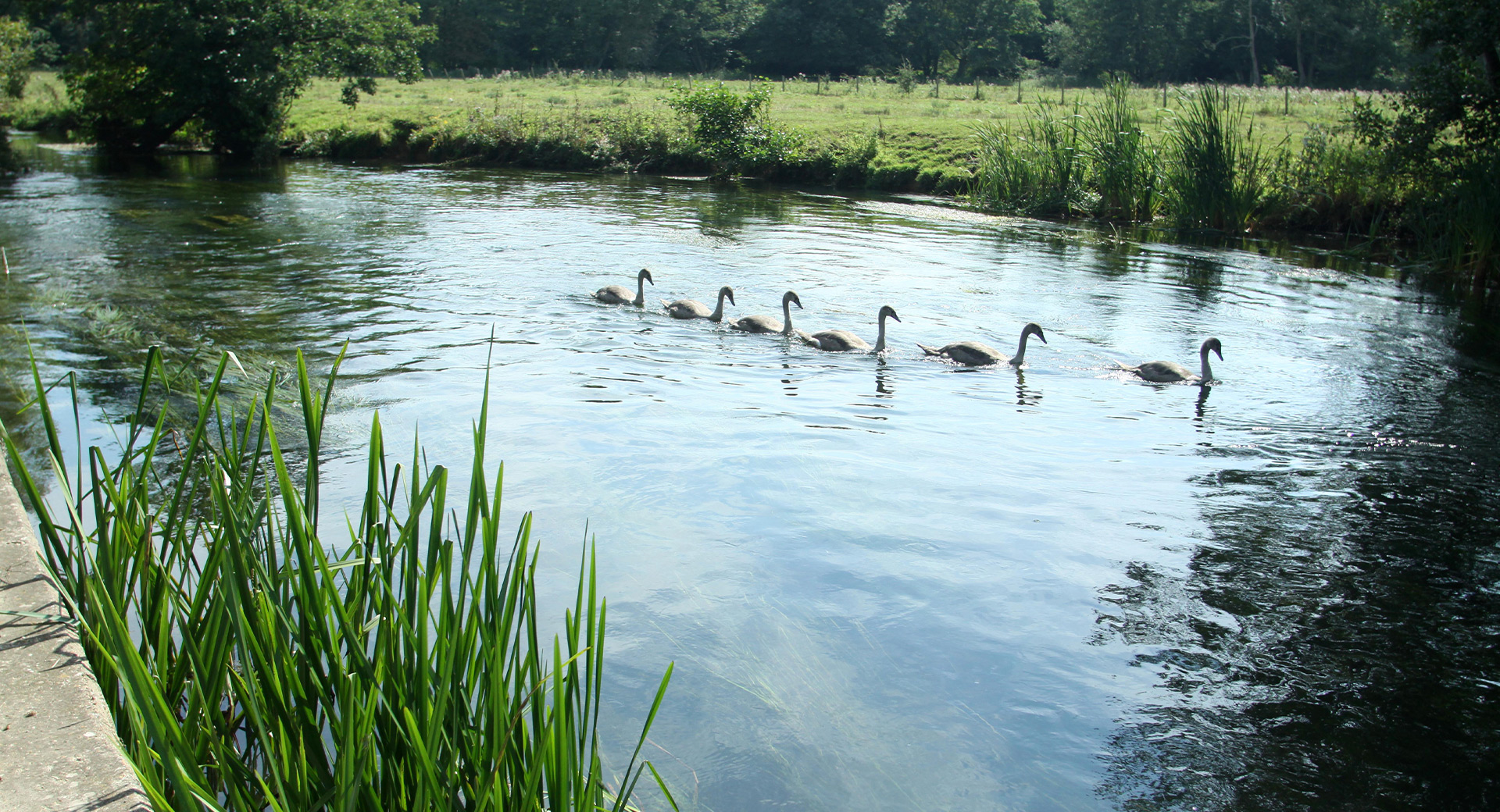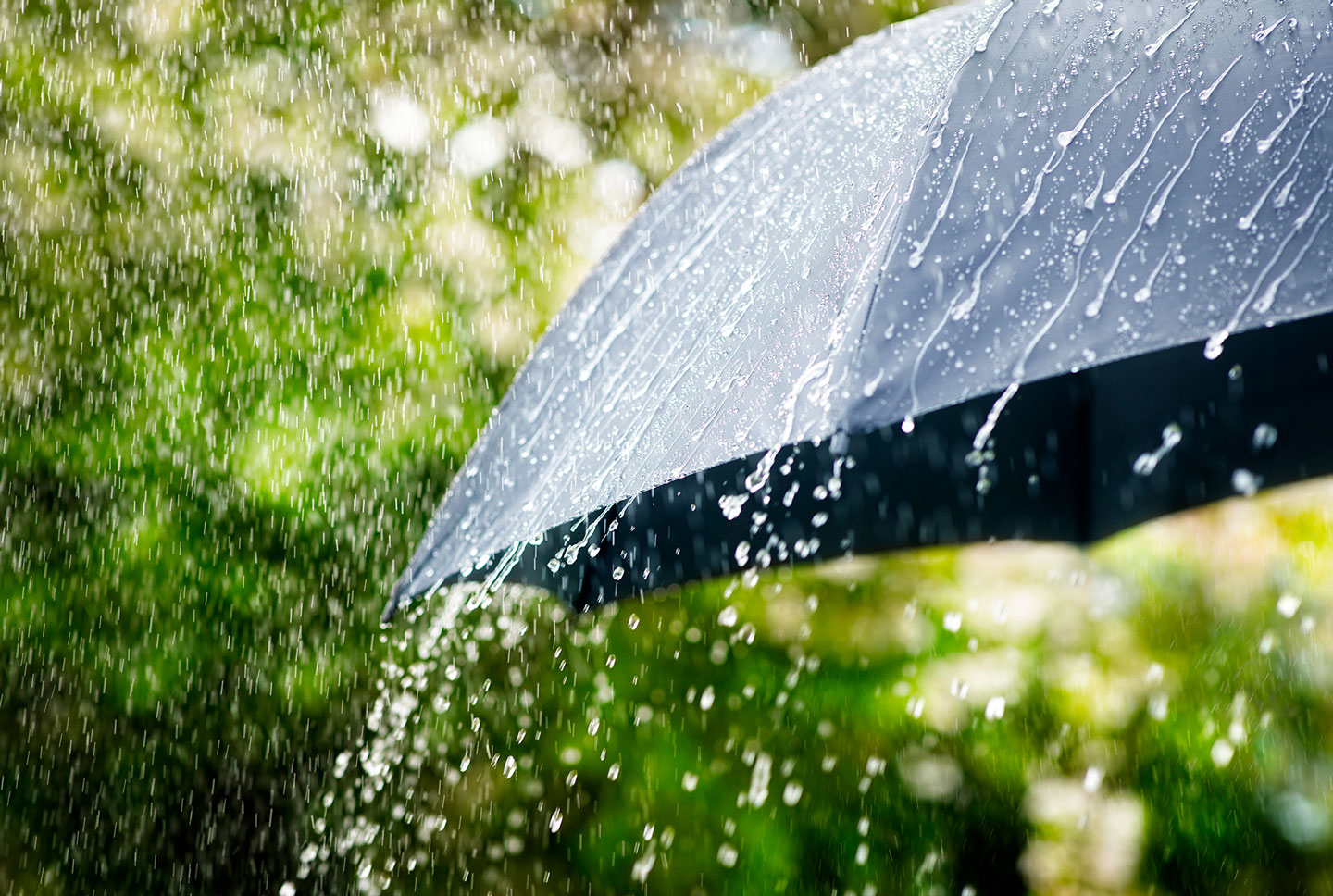Water levels
In this section, you can access our latest water level figures from our main sources – groundwater, rivers and reservoirs.
Where does our water come from?
We mainly source our water from underground aquifers (this is known as groundwater), rivers, and reservoirs.
Where does our water come from?
We mainly source our water from underground aquifers (this is known as groundwater), rivers, and reservoirs.
70% groundwater
After rain has soaked into the ground, it's stored in underground aquifers. We pump this water to the surface to treat it and supply it to you.
7% reservoirs
We have four reservoirs in our region that we take water from – Bewl Water, Weir Wood, Darwell and Powdermill.
23% rivers
We take water from rivers to fill our reservoirs. We may also pump it directly to our water treatment works for supply.
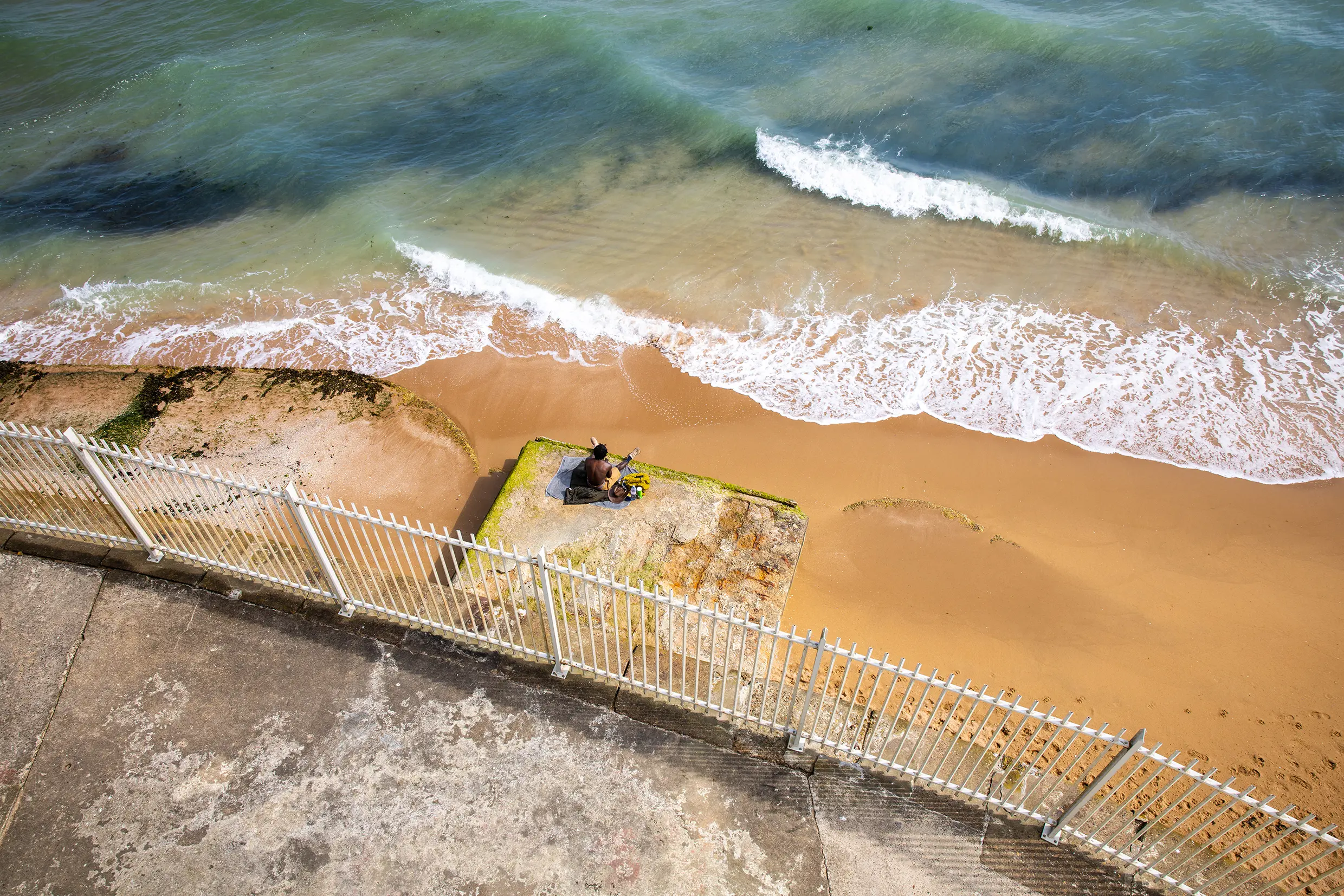
Our Water Resources Management Plan
In the South East, we are water stressed. That means our water resources are under pressure and demand is getting closer to the amount we can feasibly supply.
These resources have and will continue to come under further pressure due to new laws which restrict the amount of water we can abstract. In the future, population growth and the effects of climate change on our weather will also impact resource availability.
Our Water Resources Management Plan sets out our response to these pressures and how we plan to tackle them in the future.

